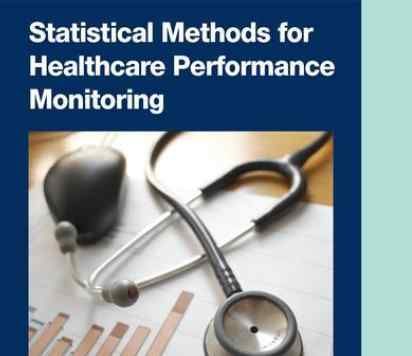BibTex format
@article{Tsang:2010:10.14236/jhi.v18i2.761,
author = {Tsang, C and Majeed, A and Banarsee, R and Gnani, S and Aylin, P},
doi = {10.14236/jhi.v18i2.761},
journal = {Inform Prim Care},
pages = {117--124},
title = {Recording of adverse events in English general practice: analysis of data from electronic patient records.},
url = {http://dx.doi.org/10.14236/jhi.v18i2.761},
volume = {18},
year = {2010}
}
